Animals
-
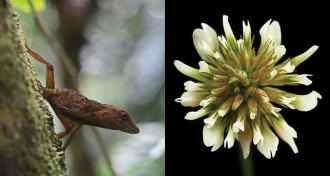 Life
LifeCities create accidental experiments in plant, animal evolution
To look for evolution in human-scale time, pick a city and watch a lizard. Or some clover.
By Susan Milius -
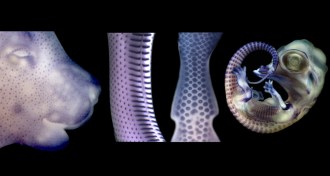 Animals
AnimalsReptile scales share evolutionary origin with hair, feathers
Hair, scales and feathers arose from same ancestral appendage.
-
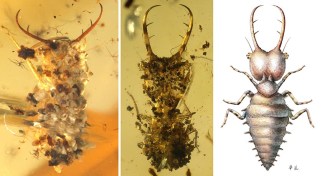 Animals
AnimalsInsect debris fashion goes back to the Cretaceous
Ancient insects covered themselves in dirt and vegetation just as modern ones do, fossils preserved in amber suggest.
-
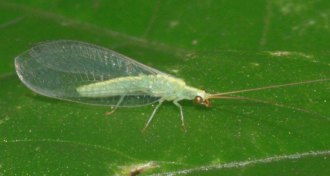 Animals
AnimalsBacteria make male lacewings disappear
Scientists have tracked down why some green lacewings in Japan produce only female offspring: Bacteria kill off all the males early in life.
-
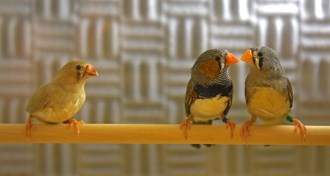 Animals
AnimalsBaby birds’ brains selectively respond to dads’ songs
The neurons of young male birds are more active when listening to songs sung by dad than by strangers, a new study finds.
-
 Health & Medicine
Health & MedicineIn malaria battle, indoor bug spraying has unintended consequence
Years of spraying indoors may inadvertently have push malaria-spreading mosquitoes to venture outdoors for a bite.
By Susan Milius -
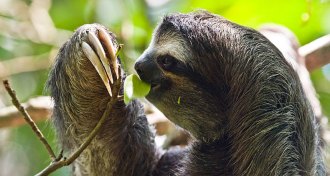 Animals
AnimalsThree-toed sloths are even more slothful than two-toed sloths
The three-toed sloth Bradypus variegatus has the lowest field metabolic rate ever recorded, a new study finds.
-
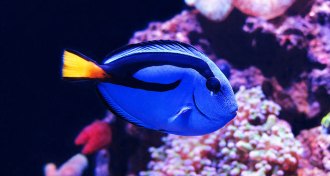 Animals
AnimalsThat ‘Dory’ for sale may have been poisoned with cyanide
Preliminary results from a new study show that over half of aquarium fish sold in the United States may have been caught with cyanide.
-
 Space
SpaceReaders weigh in on ET and the meaning of life
Reader feedback from the June 25, 2016, issue of Science News
-
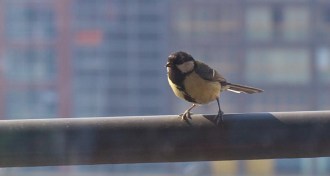 Animals
AnimalsCity living shortens great tits’ telomeres
Great tits raised in urban nests have shorter protective caps on their chromosomes than those raised in rural nests.
-
 Animals
AnimalsCity living shortens great tits’ telomeres
Great tits raised in urban nests have shorter protective caps on their chromosomes than those raised in rural nests.
-
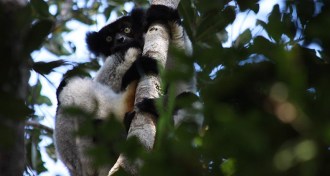 Animals
AnimalsLemurs sing in sync — until one tries to go solo
Indris, a lemur species in Madagascar, sing in synchrony and match rhythm, except for young males trying to stand out.